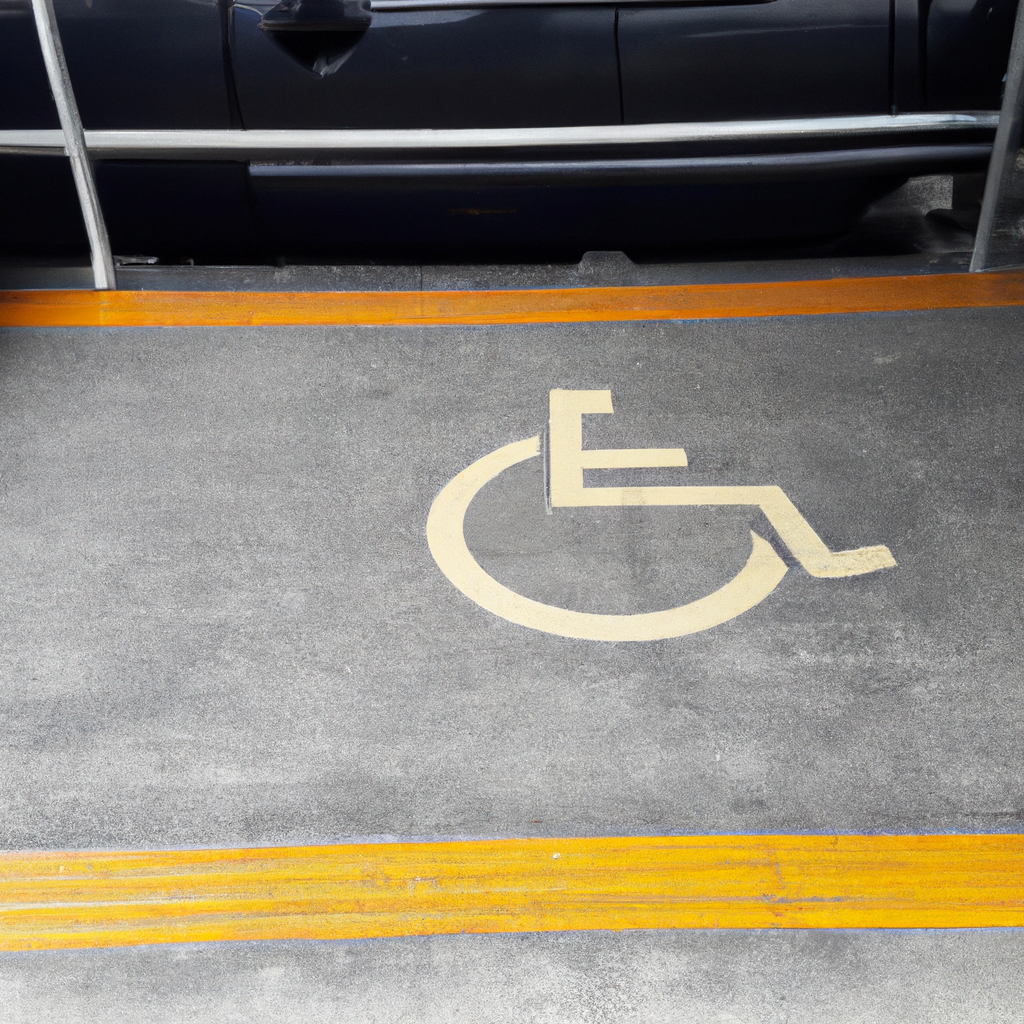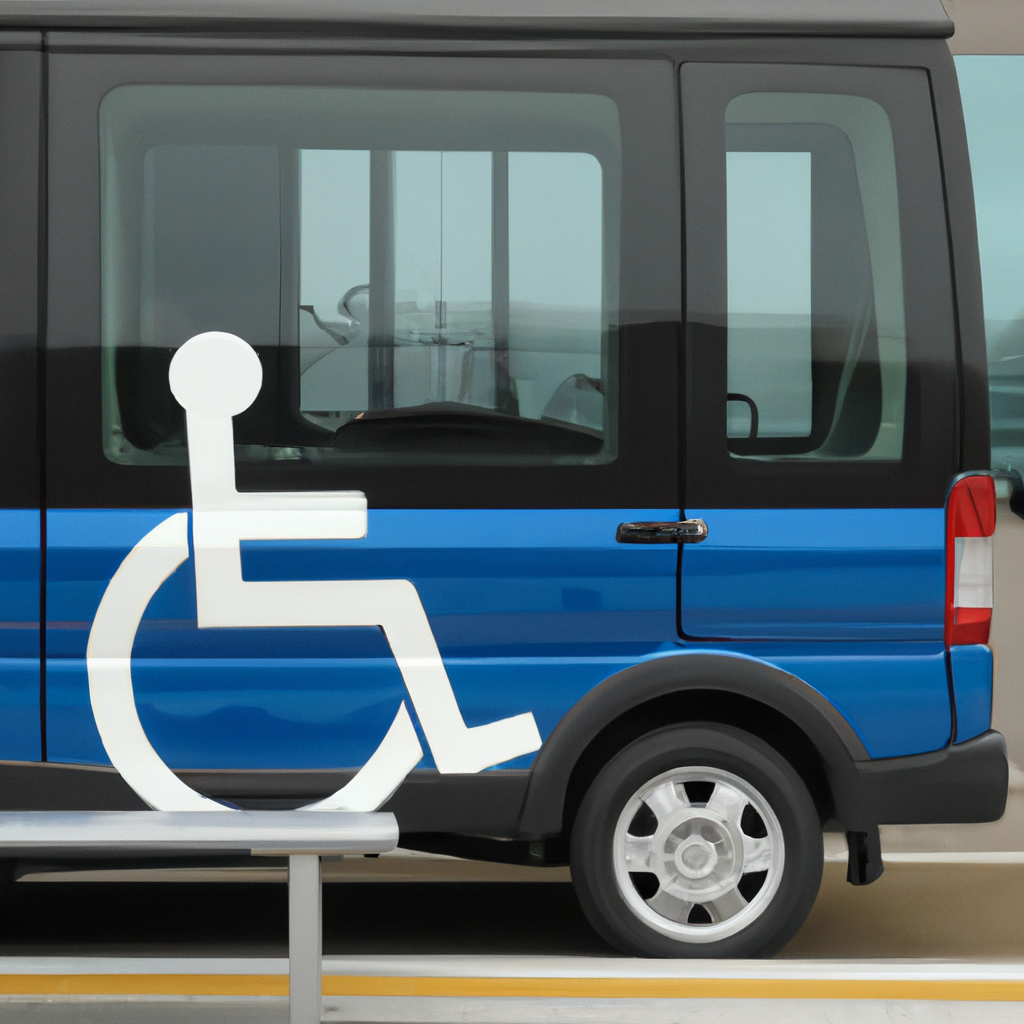When it comes to personal freedom and mobility, choosing the right vehicle is crucial for disabled passengers. Whether you have mobility limitations yourself or you are responsible for transporting someone with disabilities, finding a vehicle that meets specific needs is essential. In this article, we will explore the factors to consider when choosing a vehicle for disabled passengers and highlight the best options available in the market.
Understanding the Needs of Disabled Passengers
Before delving into the selection process, it is vital to understand the unique needs of disabled passengers. Disabilities can vary significantly, so it is crucial to identify specific requirements such as mobility aids, space, and comfort. By understanding these needs, you can make an informed decision when selecting the most suitable vehicle.

Factors to Consider when Choosing a Vehicle for Disabled Passengers
1. Accessibility Features
The primary consideration when choosing a vehicle for disabled passengers is the accessibility features it offers. Look for features such as ramp or lift systems, lowered floors, and raised roofs to ensure smooth and easy entry and exit for passengers with mobility aids.
2. Seating and Comfort
Comfort is paramount for disabled passengers during transportation. Consider the seating arrangement, headroom, legroom, and overall space to ensure a comfortable journey. Additionally, adjustable seats, lumbar support, and climate control are features that enhance passenger comfort.
3. Safety Considerations
Safety should always be a priority. Look for vehicles equipped with advanced safety features such as airbags, anti-lock braking systems (ABS), stability control, and blind-spot monitoring. Additionally, ensure the vehicle has proper securing mechanisms for wheelchairs or mobility scooters.
4. Adaptability and Customization
Every disability is unique, so the vehicle should be adaptable to individual needs. Consider vehicles that offer customization options like removable seats, adaptive driving aids, and hand controls. These features allow for greater independence and ease of use.
Types of Vehicles Suitable for Disabled Passengers
1. Wheelchair-Accessible Vans
Wheelchair-accessible vans provide ample space for maneuvering mobility aids. They typically have a ramp or lift system and offer various customization options to accommodate different needs.
2. SUVs and Crossovers
SUVs and crossovers are versatile options that provide a good balance of space, comfort, and accessibility. They often have higher ground clearance, making it easier to get in and out of the vehicle.
3. Sedans and Hatchbacks
Sedans and hatchbacks offer a more compact and maneuverable option for disabled passengers. They are suitable for individuals with less space requirements and are often more fuel-efficient.
4. Minivans
Minivans are popular choices for disabled passengers due to their spaciousness and ease of accessibility. They offer ample room for passengers, mobility aids, and additional cargo.
5. Electric Vehicles
Electric vehicles (EVs) are gaining popularity, and they can also be suitable for disabled passengers. Many EV models offer adaptability features and have the advantage of being environmentally friendly.
Features to Look for in Vehicles for Disabled Passengers
1. Ramp or Lift Systems
Look for vehicles equipped with ramps or lifts that facilitate easy boarding for wheelchair users. These systems should be reliable, sturdy, and capable of accommodating different weight capacities.
2. Lowered Floors and Raised Roofs
Lowered floors and raised roofs create sufficient headroom and space inside the vehicle. This feature ensures that passengers can comfortably sit or maneuver within the vehicle, regardless of their mobility aids.
3. Removable Seats and Wheelchair Securement Systems
Removable seats allow flexibility in configuring the interior space based on the specific needs of disabled passengers. Additionally, wheelchair securement systems ensure that mobility aids remain safely in place during transit.
4. Hand Controls and Adaptive Driving Aids
For those with mobility limitations who wish to drive, hand controls and adaptive driving aids are essential. These features enable individuals to operate the vehicle safely and comfortably using customized controls.
5. In-Car Entertainment and Convenience Features
Consider vehicles that offer entertainment and convenience features such as infotainment systems, GPS navigation, automatic climate control, and hands-free communication. These features enhance the overall driving experience.
Budget Considerations and Financing Options
When selecting a vehicle for disabled passengers, it is important to consider the budget. Determine the range of features required and explore financing options such as disability grants, loans, or lease programs to make the vehicle more affordable.
Researching and Test Driving Potential Vehicles
Extensive research is crucial when choosing a vehicle for disabled passengers. Utilize online resources, visit dealerships, and consult with experts in the field. Additionally, make sure to test drive potential vehicles to assess comfort, accessibility, and driving experience firsthand.
Seeking Professional Advice and Assistance
It is advisable to seek professional advice from mobility specialists, occupational therapists, or vehicle modification experts. They can provide personalized recommendations based on specific needs and assist in identifying the best vehicle options.
Maintaining and Servicing Your Vehicle
Once you have chosen a vehicle, regular maintenance and servicing are essential for optimal performance. Follow the manufacturer’s recommendations, and ensure that adaptive features and accessibility equipment are well-maintained to guarantee passenger safety and comfort.
Promoting Independence and Mobility
Choosing the best vehicle for disabled passengers goes beyond transportation. It is about promoting independence, enhancing quality of life, and empowering individuals with disabilities to live their lives to the fullest. A well-suited vehicle can provide the freedom and mobility needed to achieve these goals.
Conclusion
Selecting the best vehicle for disabled passengers requires careful consideration of accessibility, comfort, safety, and adaptability. By understanding the specific needs of disabled passengers, researching available options, and seeking professional advice, individuals can find a vehicle that meets their unique requirements and provides a newfound sense of freedom and mobility.

